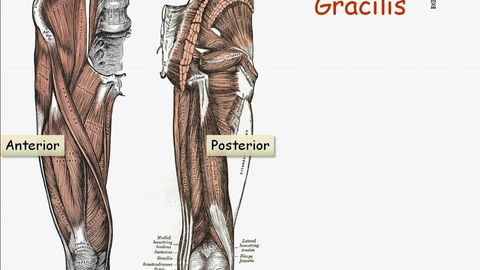筋肉の名前には意味がある (Muscle Names Have Meaning)
Ar Pen が 2021 年 01 月 14 日 に投稿  この条件に一致する単語はありません
この条件に一致する単語はありません- n.言い回し;音楽の節;語句;句
- v.t./i.言い表す
- n. (c./u.)条件;期間;学期;用語;関係;項;妊娠期間;任期
- v.t.称する
- v.t.つなぐ;性的関係をもつ;ペア
- n. (c./u.)カップル;ペア;二、三
US /ɪˈmædʒɪn/
・
UK /ɪ'mædʒɪn/
エネルギーを使用
すべての単語を解除
発音・解説・フィルター機能を解除

